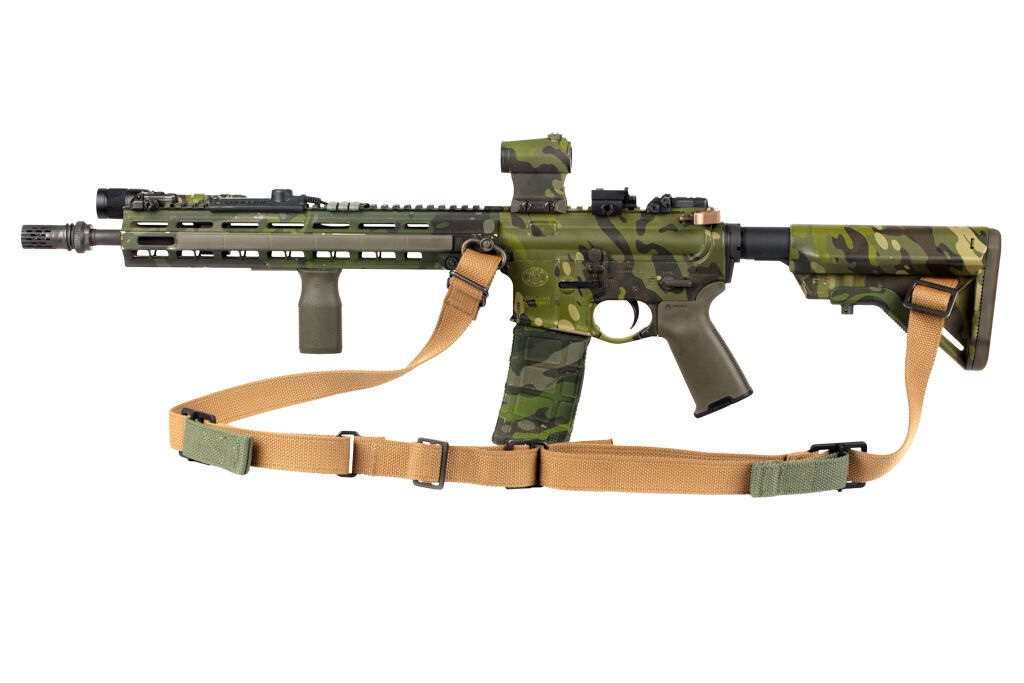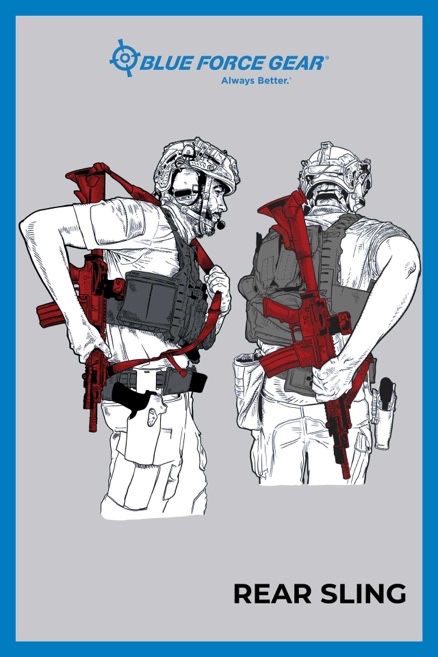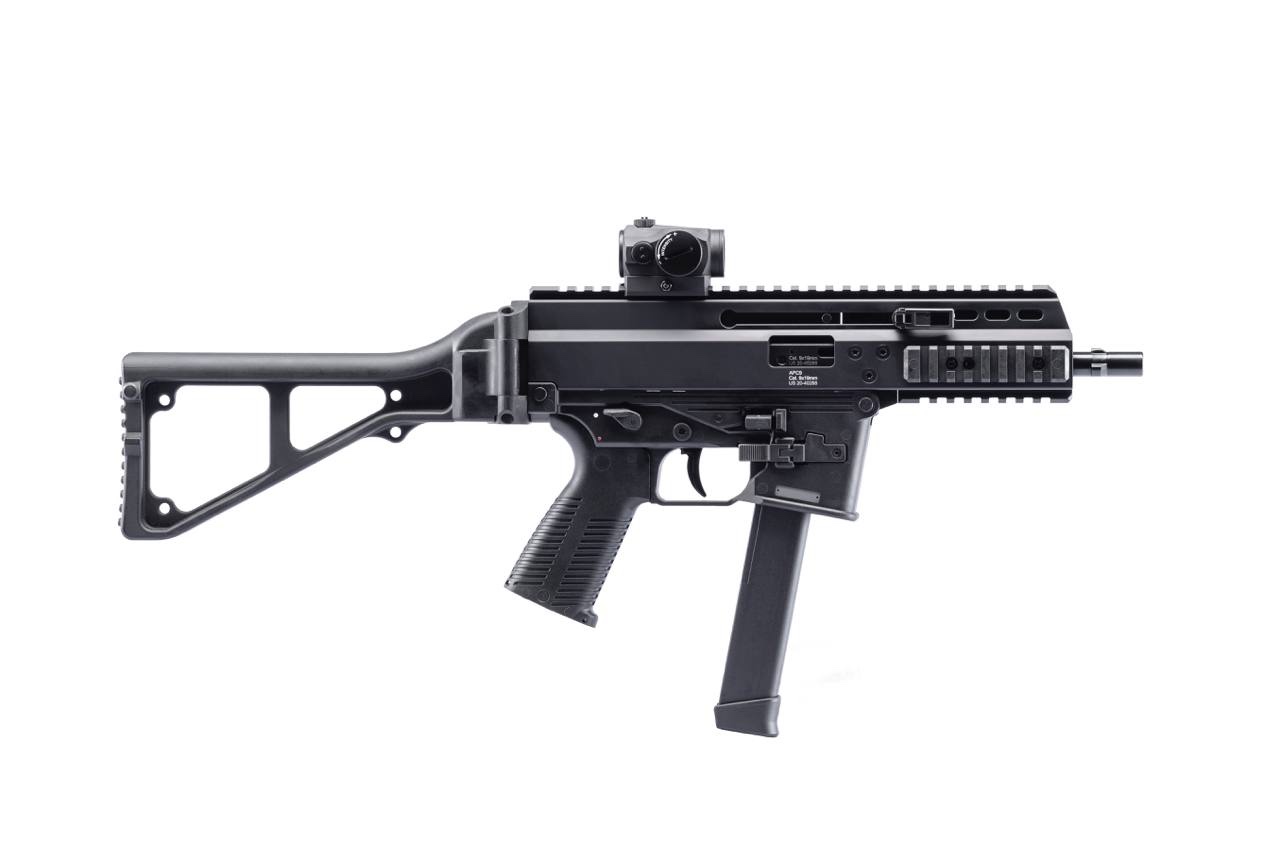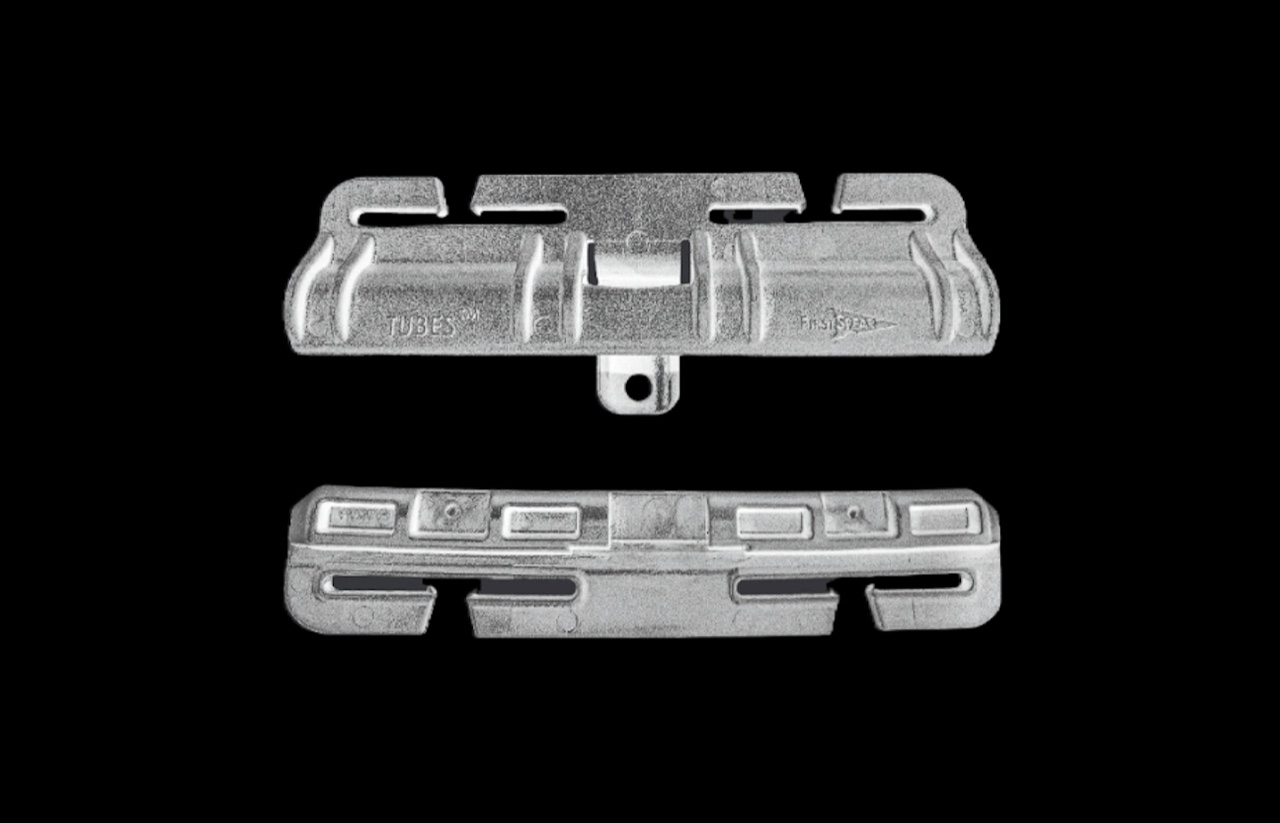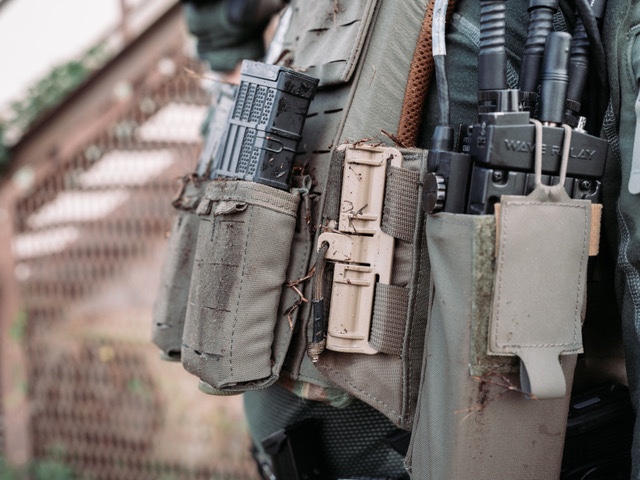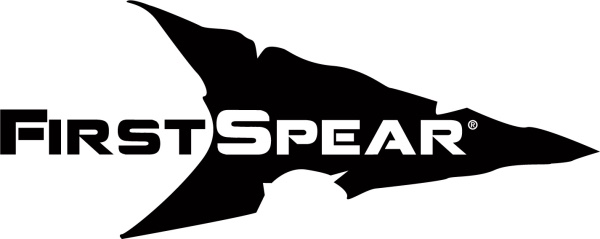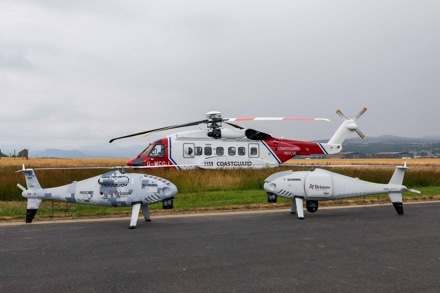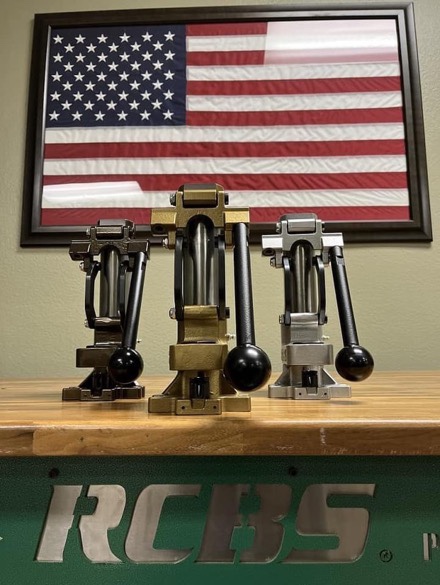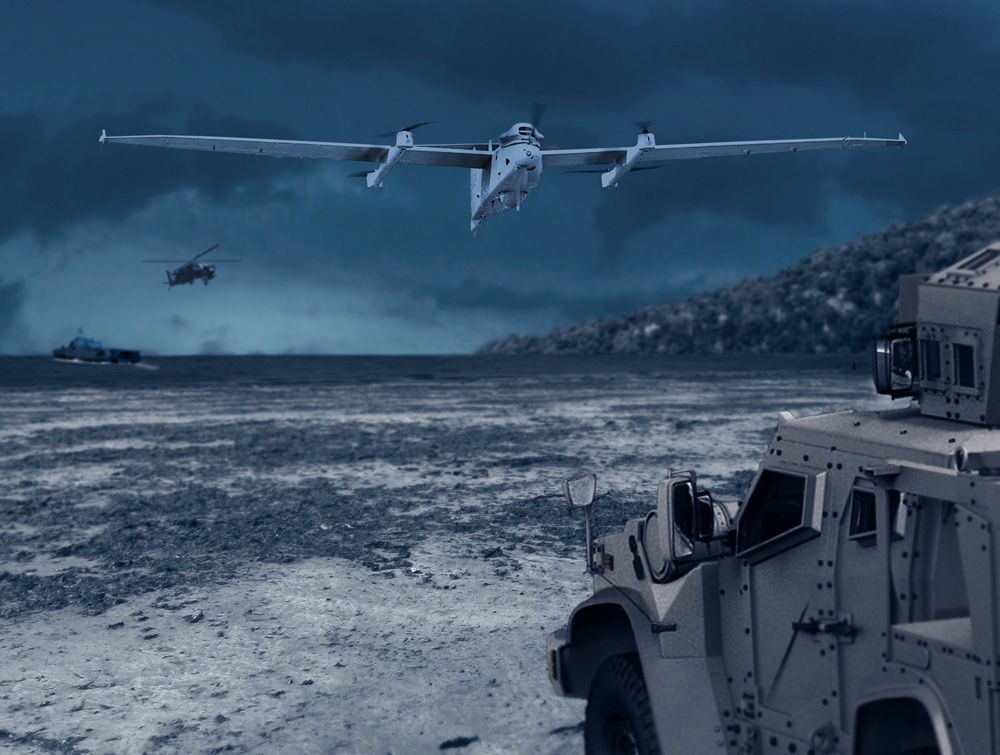CHERRY POINT, N.C. —
The tension in the room was palpable as the prototype of the Gaming Environment for Air Readiness system was booted. Program stakeholders loomed over the shoulders of anxious developers as the Marines of Marine Air Support Squadron 1 prepared their demonstration of the program. Unit leadership observed as the Marines worked through air-control scenarios while plotting points on their maps, giving commands to a simulated pilot programmed with artificial intelligence. The Marines who work in the Direct Air Support Center were training with only a desktop computer instead of using a large quantity of vehicles, gear, personnel, and time.
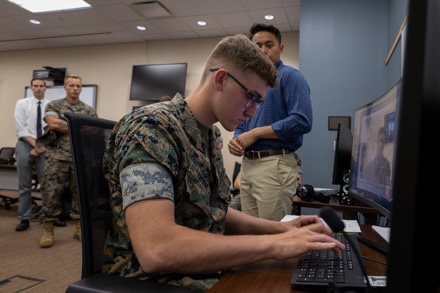
“The role of the DASC is to control airspace,” said 2nd Lt. Joseph B. Greer, an air-support control officer with MASS-1 who was testing the GEAR. “While aircraft are in that airspace, we’re the ones who are telling them where to go and how they will go, as in altitude or specified route. We can deconflict aircraft paths with other supporting arms, like artillery, just to make sure that everyone’s getting where they need to be safely.”
“I’ve been at MASS-1 for almost a year, and I think this could be really beneficial for newer Marines, myself included.’
LCpl Matthew R. Gignac, an MASS-1 air-support operations operator
Marines that work in the DASC have an important role in military exercises involving aircraft. Controlling the ebb and flow of airspaces requires ample and continuous training, which can often be challenging to implement and maintain.
“Just to train personnel takes a lot of equipment, a lot of time, and upwards of 60 Marines just to go out and do a live exercise,” said Kyle B. Tanyag, the lead software developer for the GEAR program. “I think [GEAR] would benefit the Marine Corps by allowing them to train without restricting them to just these live exercises.”
Electronically replicating a DASC is no easy feat, for many Marines are required to fill in the roles necessary to run the center. To supplement this, the GEAR features artificial intelligence characters to interact with the user.
“When I speak, there’s a speech-to-text feature that is sent to the AI,” said Greer. “From there, the AI picks out the critical pieces of information from what I spoke and discerns a proper response in order to simulate what a pilot would be saying to me.”
“We call it a rule-based AI system,” said Tanyag. “The student either text chats something or responds via voice. We take that and parse through what was said or typed. The AI takes that input, and given the context of those messages, is able to respond.”
Although still a prototype, the Marines of MASS-1 are optimistic about the potential impact the GEAR could have on training.
“I’ve been at MASS-1 for almost a year, and I think this could be really beneficial for newer Marines, myself included,” said Lance Cpl. Matthew R. Gignac, an air-support operations operator with MASS-1. “Doing it like this, in a way less stressful environment, makes it really good training. If it was more developed it could definitely help progress Marines.”
The Marines of MASS-1 will continue to test new versions to help determine if the GEAR can potentially augment or replace traditional on-the-job training in the future.
By LCpl Elias Pimentel, 2nd Marine Aircraft Wing
